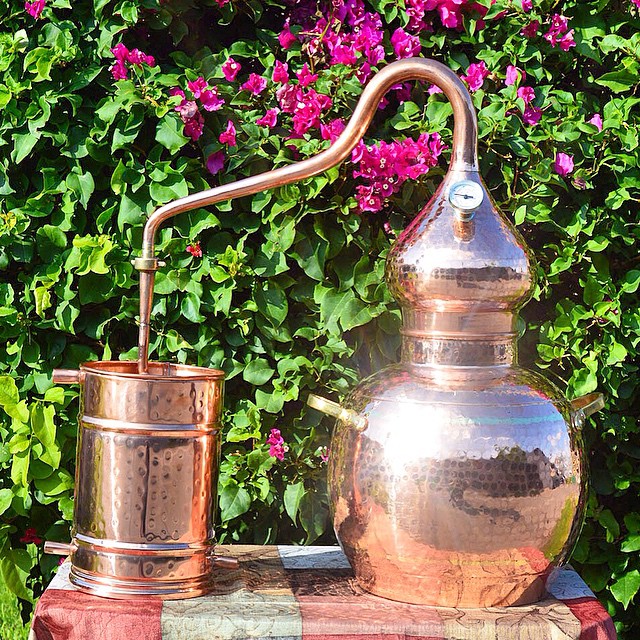Distilling can be very dangerous. Although it produces terrific results - essential oils, distilled water, moonshine, and other spirits - distilling involves several steps during which someone could get hurt. If you are thinking about distilling at home, you should consider the top ways to keep yourself safe.
1) Know the Law
If you are shopping through fine copper moonshine stills for sale, considering one to use to decorate your home, or to distill water or essential oils, there is no need for you to get a permit or register your moonshine still.
If you are considering purchasing a moonshine or whiskey still to produce your own fuel or to distill your own alcohol at home, read the federal laws and permits you will need to become a registered distiller.
2) Temperature Control
Two essential factors affect the temperature control of your moonshine run: heat source and material of your moonshine still. Always use a heat supply you can easily control, and always choose a copper moonshine still with a lead-free solder. To assist you with temperature control, you can also get a handheld temperature scanner.
It is important to monitor the temperature of the condenser as well as the onion head of the copper moonshine still - if the condenser overheats, flammable vapor can catch fire without you seeing it. Keep the condenser cool with frozen water bottles, ice packs, or a stream of cold water. If the condenser ever becomes warm to the touch, stop distilling immediately.
3) Ventilation
Always distill moonshine outdoors. That’s the nicest way we can say it. If you’re distilling essential oils or water, you might consider distilling indoors, but you will want to make sure the room is well ventilated. However, distilling alcohol produces flammable gases, and ventilation is absolutely necessary. That’s why we recommend distilling alcohol outdoors, every time.
4) Fire Safety
Distilling uses a lot of heat, and things can go from “hot” to “on fire” very quickly, as many a moonshiner can tell you. And fires caused by alcohol vapor are not put out by water. Keep a fire extinguisher handy as well as other heat-protective gear like gloves and eye protection.
5) Don’t Drink and Distill
We know you enjoy a nice glass of whiskey or moonshine, but wait until after the fire is put out and all the hard work of collecting the best moonshine you can make yourself is completed, okay?
6) Collect Your Moonshine in Glass or Copper, Small-Mouthed, Away from Heat
Tried and true, glass and copper can handle moonshine and won’t melt if something goes wrong. Don’t run your copper moonshine stills plans condenser into a plastic container, ever.
If your collection jar has a small mouth, less alcohol vapor will escape. And the farther away you keep the collection cup from the heat, the better. In case something spills, or in case alcohol vapor escapes, decrease the chance of having a fire.
7) Throw Out the Fore shots
Anything collected from your copper moonshine still before the onion bulb reaches 174 degrees Fahrenheit is dangerous to drink. Methanol is poisonous as well as one of the first alcohols to vaporize and condense in your collection cup during every moonshine run. The first 5% or so of your run is called the “fore shots” - it’s always garbage, and you should always throw it out.
Now that you know more about how to safely distill alcohol at home, consider whether you want to purchase one of the best copper moonshine stills for sale for decoration in your home, or a more practical use. If done safely, making moonshine at home can have benefits that will last you a lifetime.

















